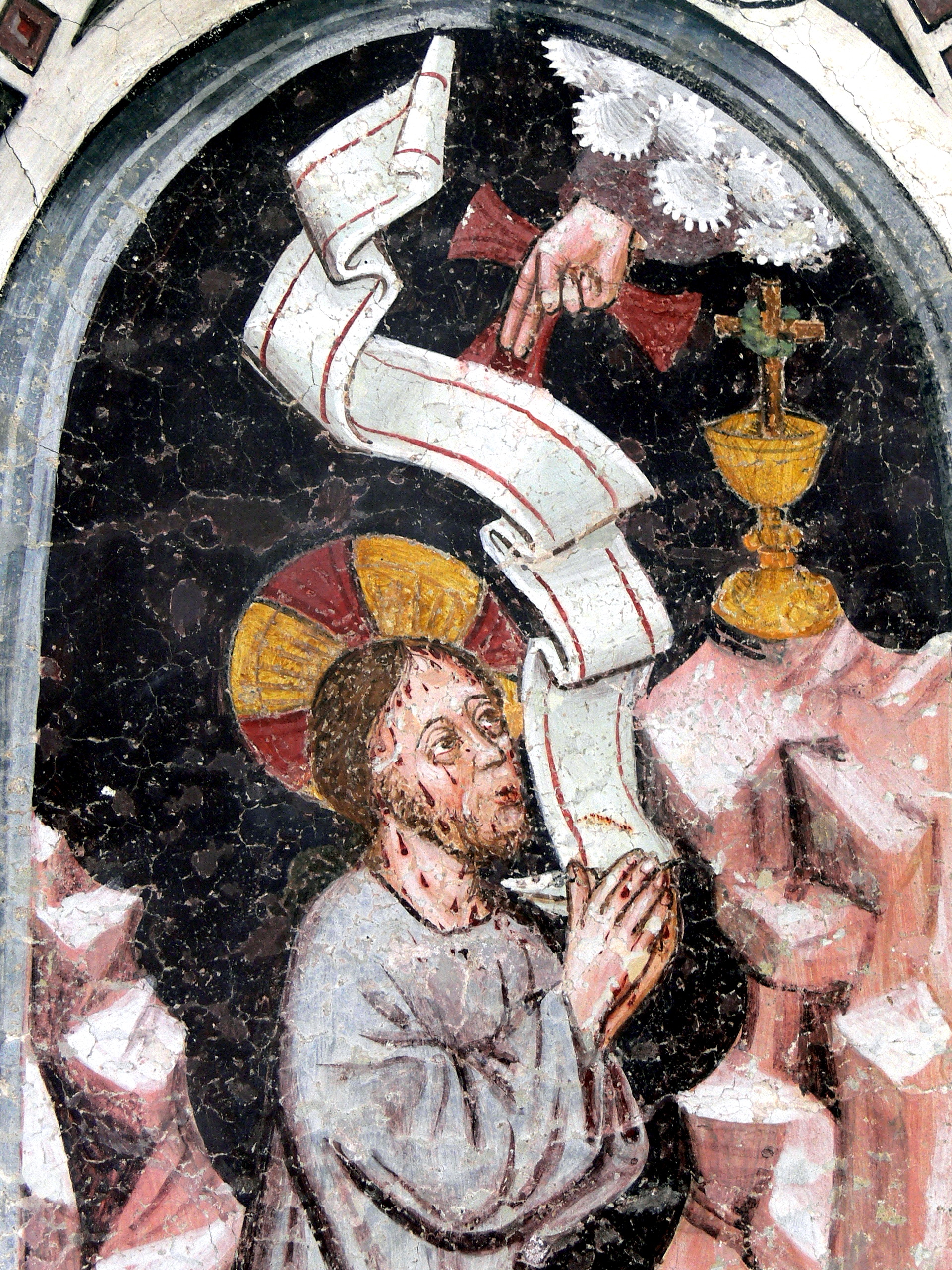|
Masʿūd II Of Ṭur ʿAbdin
Masʿūd Zazoyo or Masʿūd of Zaz (c.1430/31 – 1509/1512) was a Syriac Orthodox author, hermit, monk and prelate. Life Masʿūd became the abbot of the Dayr al-Ṣalīb (Monastery of the Cross) around 1462/63. He left the monastery in 1480/81 to become bishop of Ḥesno d'Kifo and the monastery of Mor Quryaqos. As bishop he took the name Basil. In 1492 he became the Patriarch of Ṭur ʿAbdin (as Masʿūd II) and by tradition took the throne name Ignatius. As patriarch he promoted monasticism in the Ṭur ʿAbdin. Masʿūd was not a popular patriarch. He caused confusion by appointing a ''maphrian'', Baselios Malki of Midyat, and twelve new bishops for the Ṭur ʿAbdin, provoking some leading bishops to denounce him. According to Afram Barsoum, they denounced him to the Patriarch of Antioch, the head of the Syriac Orthodox church, but according to the anonymous continuator of the ''Ecclesiastical History'' of Bar Hebraeus, they denounced him to the secular Islamic authorit ... [...More Info...] [...Related Items...] OR: [Wikipedia] [Google] [Baidu] |
Syriac Orthodox
The Syriac Orthodox Church (), also informally known as the Jacobite Church, is an Oriental Orthodox denomination that originates from the Church of Antioch. The church currently has around 4-5 million followers. The church upholds the Miaphysite doctrine in Christology and employs the Liturgy of Saint James, associated with James the Just. Classical Syriac is the official and liturgical language of the church. The supreme head of the Syriac Orthodox Church is the patriarch of Antioch, a bishop who, according to sacred tradition, continues the leadership passed down from Saint Peter. Since 2014, Ignatius Aphrem II has served as the Syriac Orthodox Antiochian patriarch. The Great Church of Antioch was the patriarchal seat and the headquarters of the church until , after which Severus of Antioch had to flee to Alexandria, Egypt. After the death of Severus, the patriarchal seat moved from Egypt to different monasteries like the Mor Bar Sauma Monastery; some patriarc ... [...More Info...] [...Related Items...] OR: [Wikipedia] [Google] [Baidu] |
Spiritual Gifts
In Christianity, a spiritual gift or charism (plural: charisms or charismata; in Greek singular: χάρισμα ''charisma'', plural: χαρίσματα ''charismata'') is an extraordinary power given by the Holy Spirit."Spiritual gifts". ''A Dictionary of the Bible'' by W. R. F. Browning. Oxford University Press Inc. ''Oxford Reference Online''. Oxford University Press. Accessed 22 June 2011. These are believed by followers to be supernatural graces that individual Christians need to fulfill the mission of the Church."Charismata". ''The Oxford Dictionary of the Christian Church''. Ed F. L. Cross and E. A. Livingstone. Oxford University Press Inc. ''Oxford Reference Online''. Oxford University Press. Accessed 22 June 2011.Wayne Grudem, ''Systematic Theology: An Introduction to Biblical Doctrine'' (Zondervan, 1994): 1016–17. In the narrowest sense, it is a theological term for the extraordinary graces given to individual Christians for the good of others and is distinguished ... [...More Info...] [...Related Items...] OR: [Wikipedia] [Google] [Baidu] |
16th-century Oriental Orthodox Archbishops
The 16th century began with the Julian calendar, Julian year 1501 (represented by the Roman numerals MDI) and ended with either the Julian or the Gregorian calendar, Gregorian year 1600 (MDC), depending on the reckoning used (the Gregorian calendar introduced a lapse of 10 days in October 1582). The Renaissance in Italy and Europe saw the emergence of important artists, authors and scientists, and led to the foundation of important subjects which include accounting and political science. Copernicus proposed the Copernican heliocentrism, heliocentric universe, which was met with strong resistance, and Tycho Brahe refuted the theory of celestial spheres through observational measurement of the SN 1572, 1572 appearance of a Milky Way supernova. These events directly challenged the long-held notion of an immutable universe supported by Ptolemy and Aristotle, and led to major revolutions in astronomy and science. Galileo Galilei became a champion of the new sciences, invented the first ... [...More Info...] [...Related Items...] OR: [Wikipedia] [Google] [Baidu] |
16th-century Syriac Orthodox Church Bishops
The 16th century began with the Julian year 1501 (represented by the Roman numerals MDI) and ended with either the Julian or the Gregorian year 1600 (MDC), depending on the reckoning used (the Gregorian calendar introduced a lapse of 10 days in October 1582). The Renaissance in Italy and Europe saw the emergence of important artists, authors and scientists, and led to the foundation of important subjects which include accounting and political science. Copernicus proposed the heliocentric universe, which was met with strong resistance, and Tycho Brahe refuted the theory of celestial spheres through observational measurement of the 1572 appearance of a Milky Way supernova. These events directly challenged the long-held notion of an immutable universe supported by Ptolemy and Aristotle, and led to major revolutions in astronomy and science. Galileo Galilei became a champion of the new sciences, invented the first thermometer and made substantial contributions in the fields of phy ... [...More Info...] [...Related Items...] OR: [Wikipedia] [Google] [Baidu] |
15th-century Syriac Orthodox Church Bishops
The 15th century was the century which spans the Julian calendar dates from 1 January 1401 (represented by the Roman numerals MCDI) to 31 December 1500 (MD). In Europe, the 15th century includes parts of the Late Middle Ages, the Early Renaissance, and the early modern period. Many technological, social and cultural developments of the 15th century can in retrospect be seen as heralding the "European miracle" of the following centuries. The architectural perspective, and the modern fields which are known today as banking and accounting were founded in Italy. The Hundred Years' War ended with a decisive French victory over the English in the Battle of Castillon. Financial troubles in England following the conflict resulted in the Wars of the Roses, a series of dynastic wars for the throne of England. The conflicts ended with the defeat of Richard III by Henry VII at the Battle of Bosworth Field, establishing the Tudor dynasty in the later part of the century. Constantinople ... [...More Info...] [...Related Items...] OR: [Wikipedia] [Google] [Baidu] |



